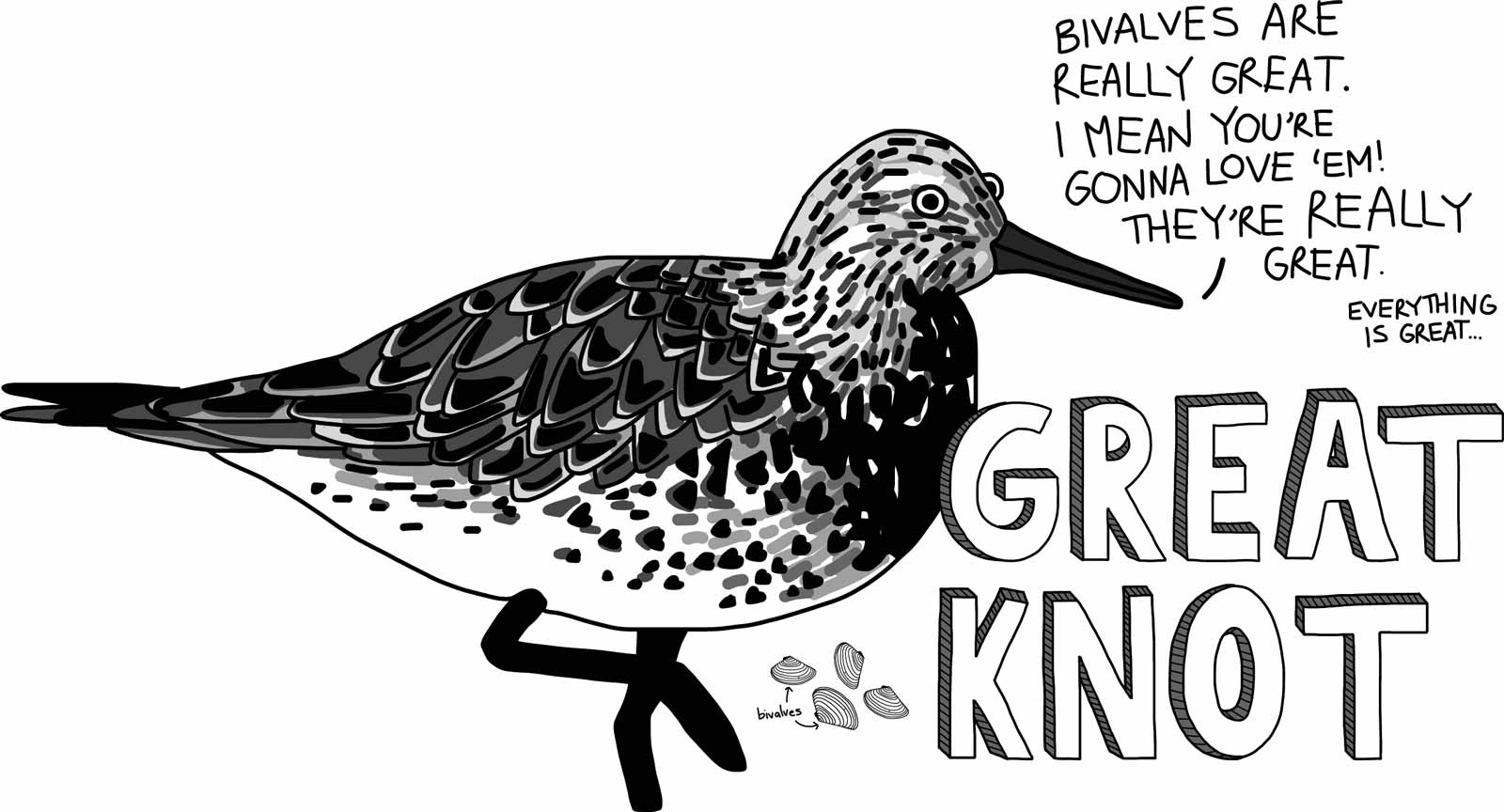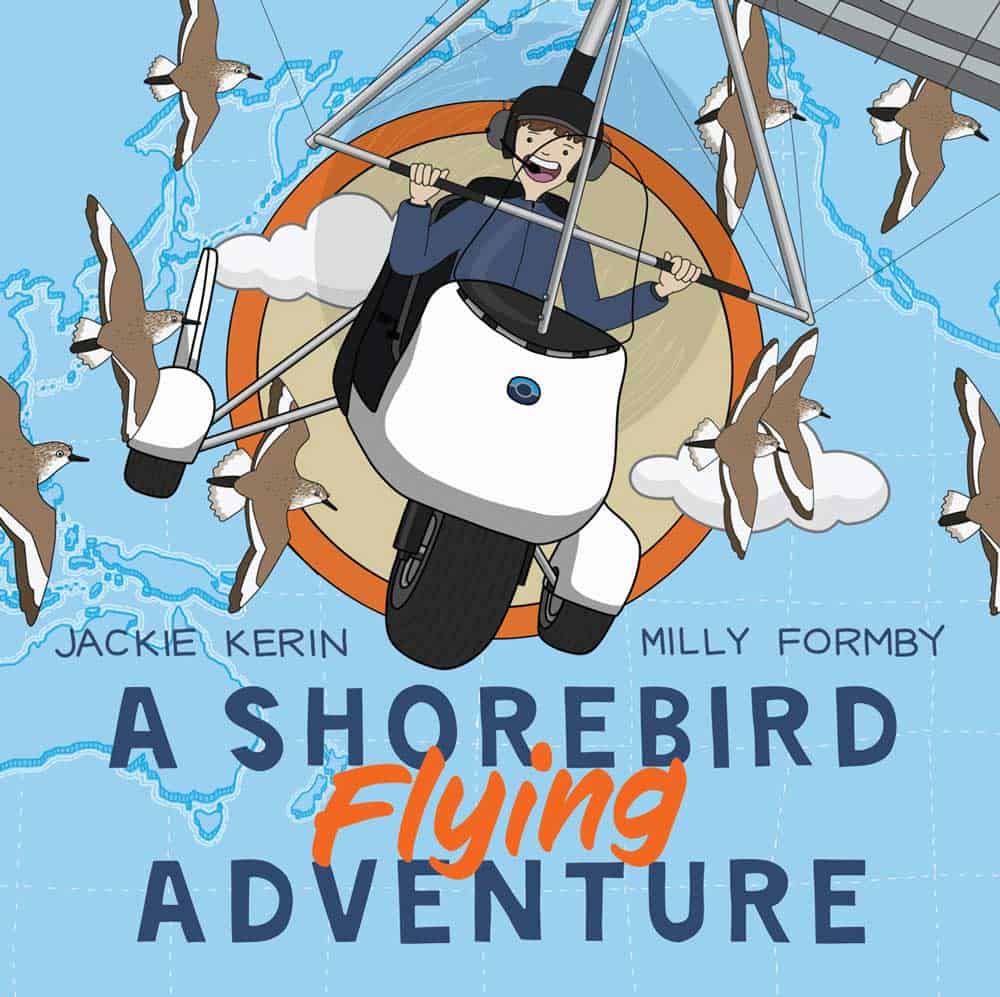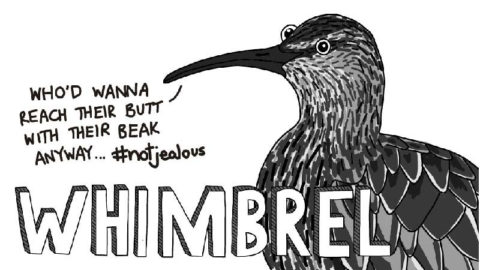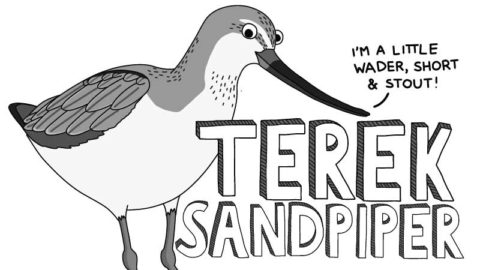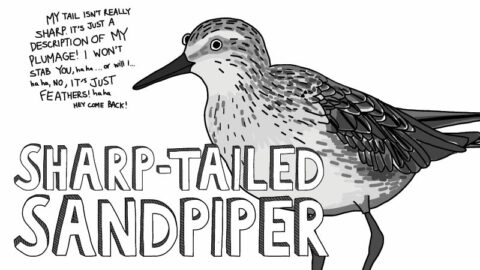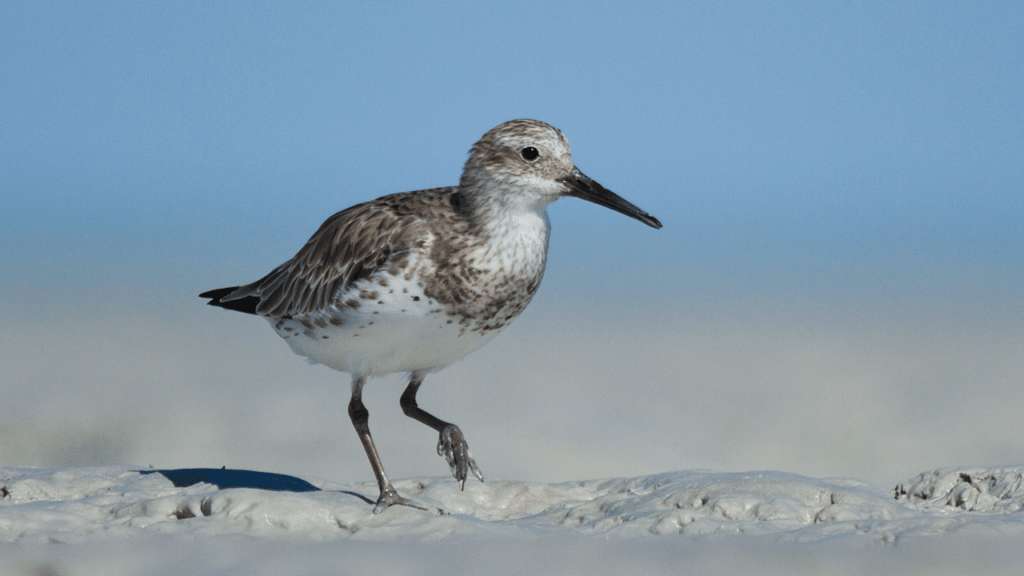
The Great Knot (Calidris tenurostris) is a medium-sized shorebird with a straight black bill and short olive legs.
Great Knots are sometimes difficult to tell apart from the closely related Red Knot (C. canutus). A neat trick to help distinguish a Great Knot from a Red Knot is to imagine the beak turned around 180 degrees. If the length of the beak extends beyond the length of the head, it is a Great Knot. If it is shorter than or about the same length of the head, it is a Red Knot.
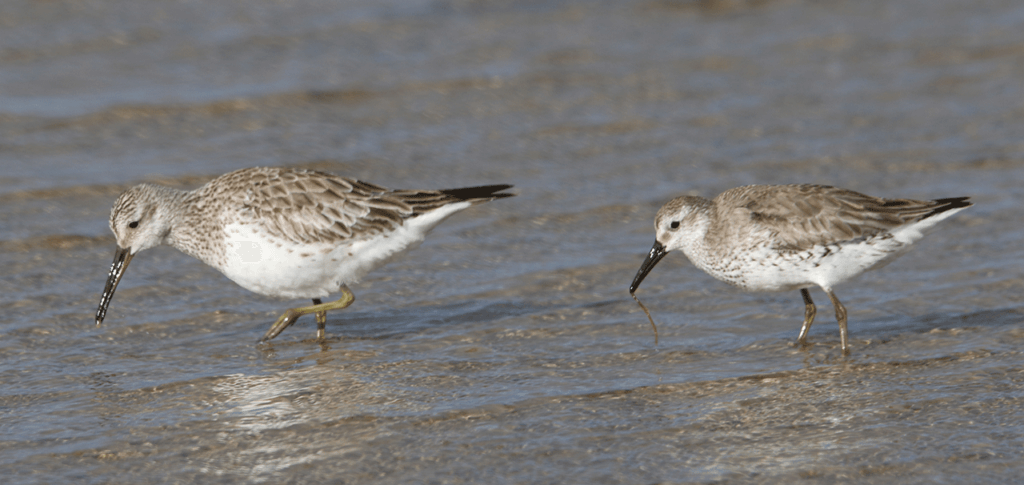
In their non-breeding plumage, the grey feathers of their upperparts have pale fringes, giving them a scalloped appearance. This is in contrast to the Red Knot, whose feathers are a more uniform grey.
During the breeding season, even the plumage of the Great Knot ‘feels the love’. During this time they develop a black band across the chest made up of love heart-shaped speckles.
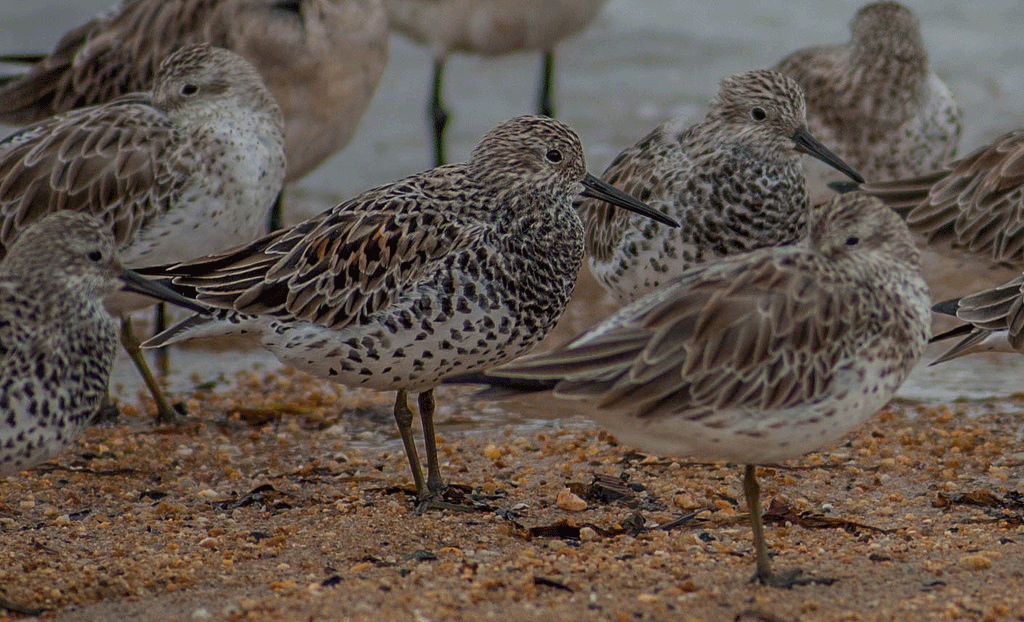
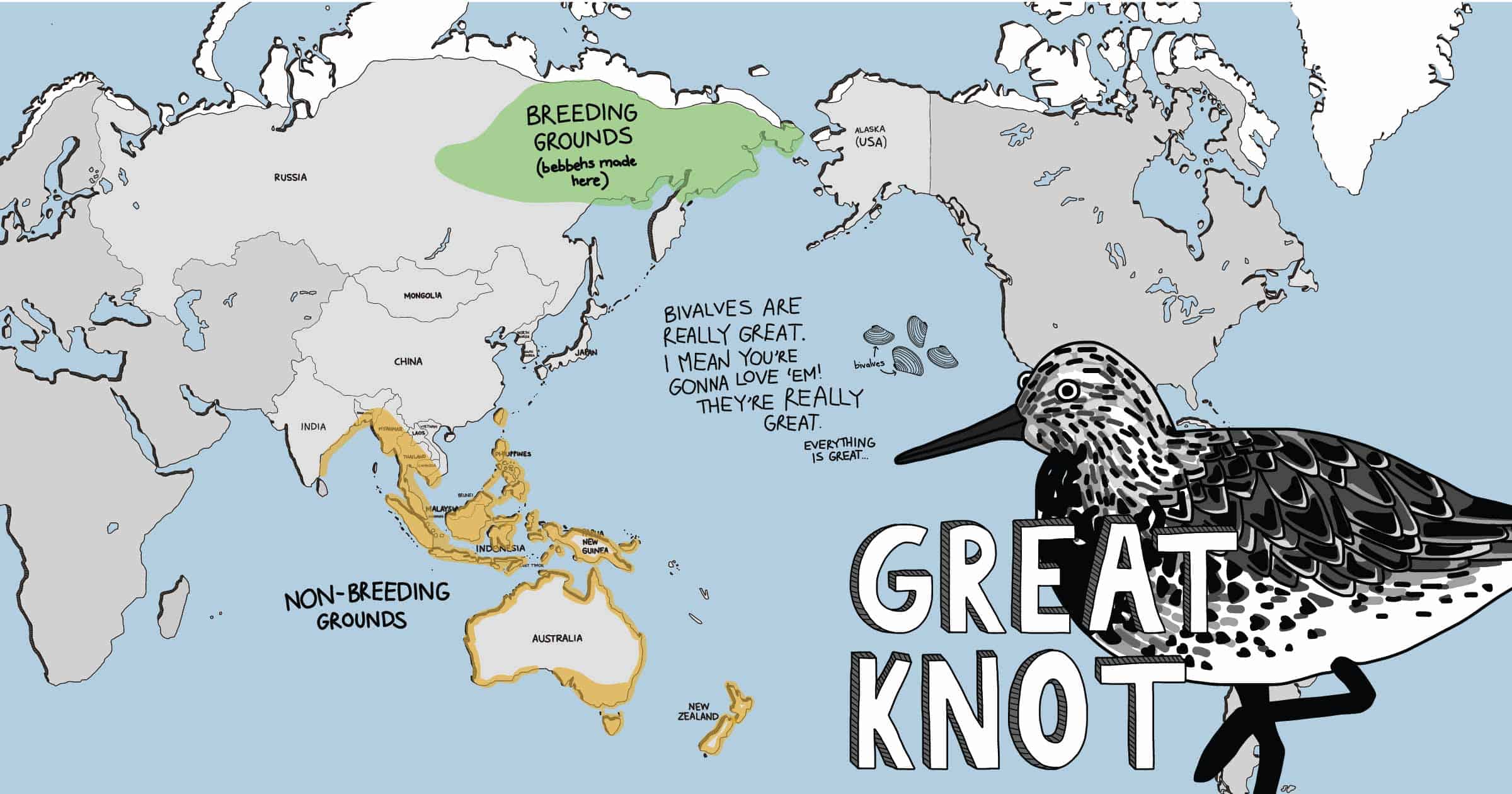
Great Knots nest in Siberia. On the trip from Australia to Siberia, many Great Knots fly direct from Australia to the Yellow Sea. A huge distance of around 6000 kilometres.
In 2006, loss of the Great Knot’s most important stopover site in Korea resulted in a loss of around one third of the population. The species is now listed as Endangered on the IUCN Red List, and Critically Endangered in Australia.
In Australia, the largest populations of Great Knots inhabit north-west Australia. Here they forage on the vast tidal mud- and sandflats around Broome. Their bills are adapted for rapidly probing the substrate for bivalve molluscs. Great Knots are partial to bivalves but will also eat crustaceans, worms and sea snails.
